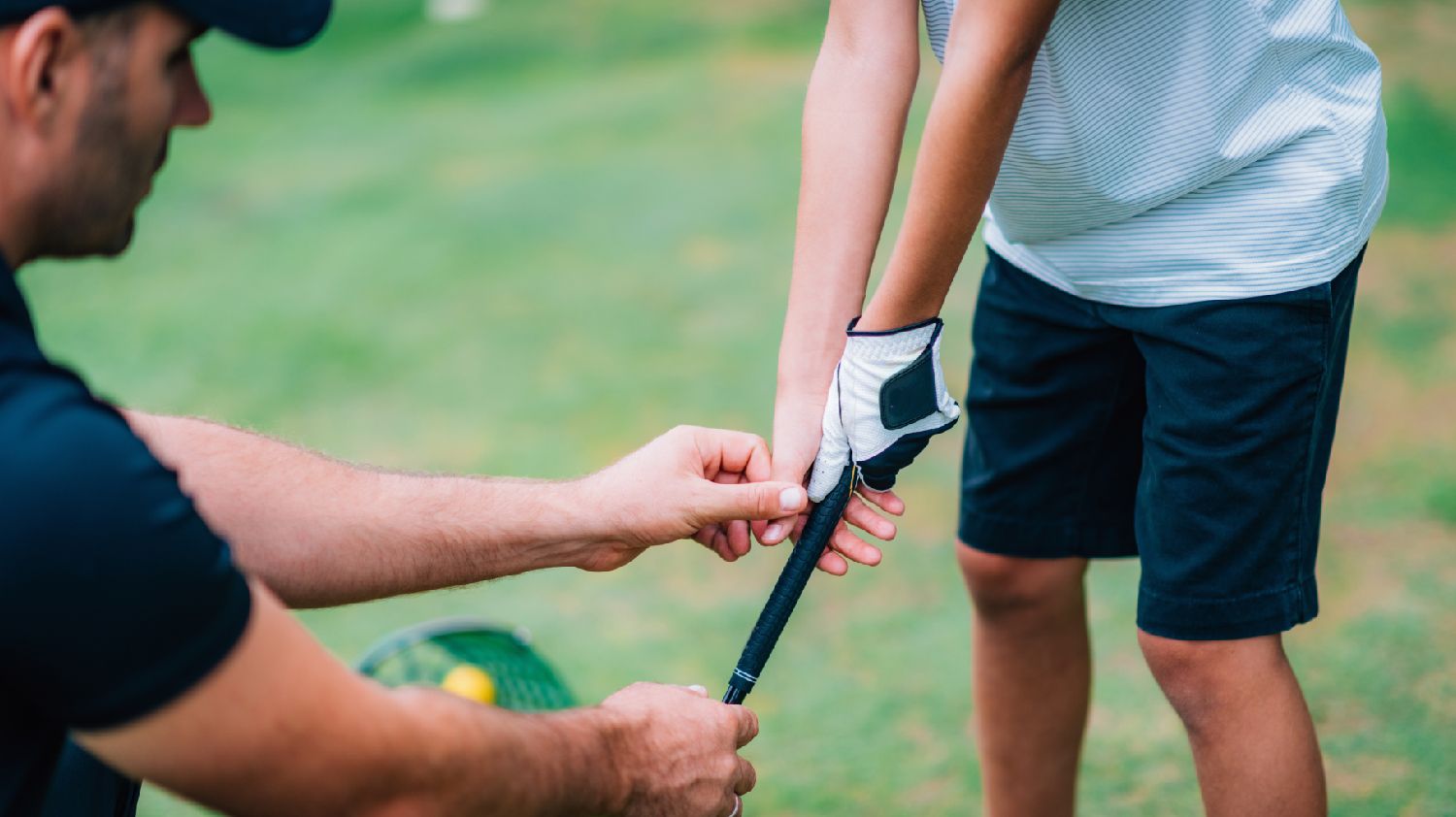- First Call 14. Assembly
- Reveille 15. Recall
- Assembly 16. First Call
- Mess Call (morning) 17. Guard Mounting (when scheduled)
- Sick Call* 18. Assembly
- Drill Call* 19. Adjutant’s Call (parade only)
- Assembly 20. Retreat
- First Sergeant’s Call* 21. To The Color
- Officer’s Call* 22. Mess Call (evening)
- Recall* 23. Tattoo
- Mail Call 24. Call to Quarters
- Mess Call (noon) 25. Taps
- Drill Call* *optional
- First Call
- Reveille
- Assembly
- Mess Call (noon)
- First Call (retreat)
- Assembly
- Retreat
- To the Color
- Taps
Written by Jenifer Chrisman on April 6, 2015.
Drums beating (infantry), bugles calling (cavalry and artillery), the units of the American Army answered the “sound signals” developed during the Revolutionary War from contact with the French and English armies. By the end of the Civil War, all units were using bugle calls.
To alleviate the confusion evident during the Civil War, General Emory Upton ordered Major Truman Seymour of the 5th U.S. Artillery to prepare a set system of bugle calls in 1867. Major Seymour reviewed all the calls, some of which he discarded and others he revised. He finalized a set of calls in ’67 that are still used by all branches of the Army today.
A primary bugler was a key position and assigned to headquarters staff or close to the commander at the front. Up until their displacement by electronic calls, the bugler was essential to all military communications.
These musical signals announce scheduled and certain unscheduled events. Scheduled events are prescribed by the commander and follow a normal sequence. Unscheduled events are sounded at the direction of the commander and flow within the normal sequence as needed.
Enlisted soldier’s lives march to the call of the bugle. They quickly learn each of the calls and their lives are attuned to its sounds. Today, the calls are prerecorded and broadcast through loudspeakers around each post from First Call (early morning) to Taps (late at night).
Adjutant’s Call: Signals that the adjutant is about to form the guard, battalion or brigade.
Assembly: Signals troops to assemble at a designated place.
Attention: Sounds as a warning that troops are about to be called to attention.
Call to Quarters: Signals all personnel not authorized to be absent to their quarters for the night.
Church Call: Signals religious services are about to begin. The call may also be used to announce the formation of a funeral escort.
Drill Call: Sound as a warning to turn out for drill.
Fatigue Call: Signals all designated personnel to report for fatigue duty.
Fire Call: Signals that there is a fire on the post or in the vicinity. The call is also used for fire drill.
First Call: Sound as a warning that personnel will prepare to assemble for a formation.
First Sergeant’s Call: Signals that the First Sergeant is about to form the company.
Guard Mounting: Sound as a warning that the guard is about to be assembled for guard mount.
Mail Call: Signals personnel to assemble for the distribution of mail.
Mess Call: Signals mealtime.
Officer’s Call: Signals all officers to assemble at a designated place.
Pay Day March: A bugle march to announce that troops will be paid.
Recall: Signals duties or drills to cease.
Retreat: Signals the end of the official day.
Reveille: Signals the troops to awaken for morning roll call. Used to accompany the raising of the National Colors.
School Call: Signals school is about to begin.
Sick Call: Signals all troops needing medical attention to report to the dispensary.
Taps: Signals that unauthorized lights are to be extinguished. This is the last call of the day. The call is also sounded at the completion of a military funeral ceremony.
Tattoo: Signals that all light in squad rooms be extinguished and that all loud talking and other disturbances be discontinued within 15 minutes.
To Arms: Signals all troops to fall under arms at designated places without delay.
To The Color: To The Color is a bugle call to render honors to the nation. It is used when no band is available to render honors, or in ceremonies requiring honors to the nation more than once. To The Color commands all the same courtesies as the National Anthem.
Daily Sequence of Bugle Calls
Sunday Sequence of Bugle Calls
Sources:
For additional information, visit fas.org/man/dod-101/sys/land/bugle.htm




